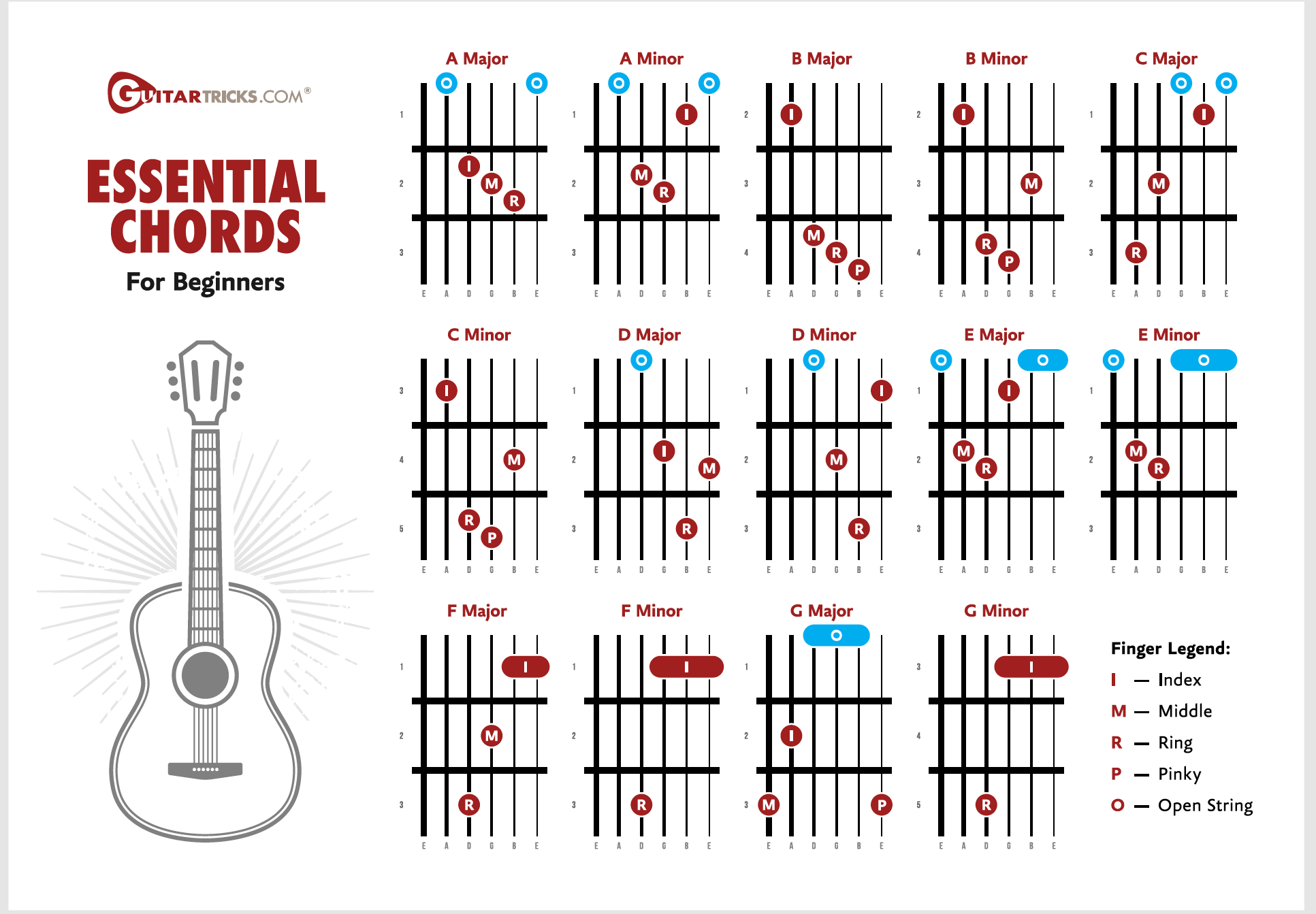Originally Posted by: DavidMebAnyone have an easy explanation (if I've made myself clear enough)?
All major and minor chords are formed by playing some combination of the 1st, 3rd & 5th scale degrees of their parent scale. That means there are many different ways of playing (or voicing) any given chord.
Which voicing is used or taught depends on the musical context or purpose. For example, a B major chord is formed by playing these notes any place you can find them on a musical instrument.
B (1st or root of B major scale)
D-sharp (major 3rd of B major scale)
F-sharp (5th of B major scale)
Some curriculums start with this particular voicing:
|--2--(F#)------------|[br]|--4--(D#)------------|[br]|--4--(B)--------------|[br]|--4--(F#)------------|[br]|-----------------------|
|-----------------------|
Because:
1. There's no easy open string option for those 3 notes.
2. It's fairly easy for beginners.
3. The shape matches the A major chord. It's easy to see how the B major shape is related, but 2 frets higher.
Some curriculums start with this voicing.
|-----------------------|
|--4--(D#)------------|[br]|--4--(B)--------------|[br]|--4--(F#)------------|[br]|--2--(B)--------------|[br]|-----------------------|
Again, because it matches the A major, but also because eventually you'll learn barre chords. But also because the root note B is the lowest.
You can play either. You can combine them!
|--2--(F#)------------|[br]|--4--(D#)------------|[br]|--4--(B)--------------|[br]|--4--(F#)------------|[br]|--2--(B)--------------|[br]|-----------------------|
You could just play the middle 3 notes!
|-----------------------|[br]|--4--(D#)------------|[br]|--4--(B)--------------|[br]|--4--(F#)------------|[br]|-----------------------|[br]|-----------------------|
But as you can hopefully see these are simply different ways of combining the same 3 notes over & again. They all have the characteristic sound of B major, but with variations. Some voicings double certain notes, some do not, the result is that some voicings have more or less bass or treble, a lower or higher timbre, more or less bright, more or less full. But they are all B major chords.
Hope that helps! Have fun practicing!
Christopher Schlegel
Guitar Tricks InstructorChristopher Schlegel Lesson Directory
